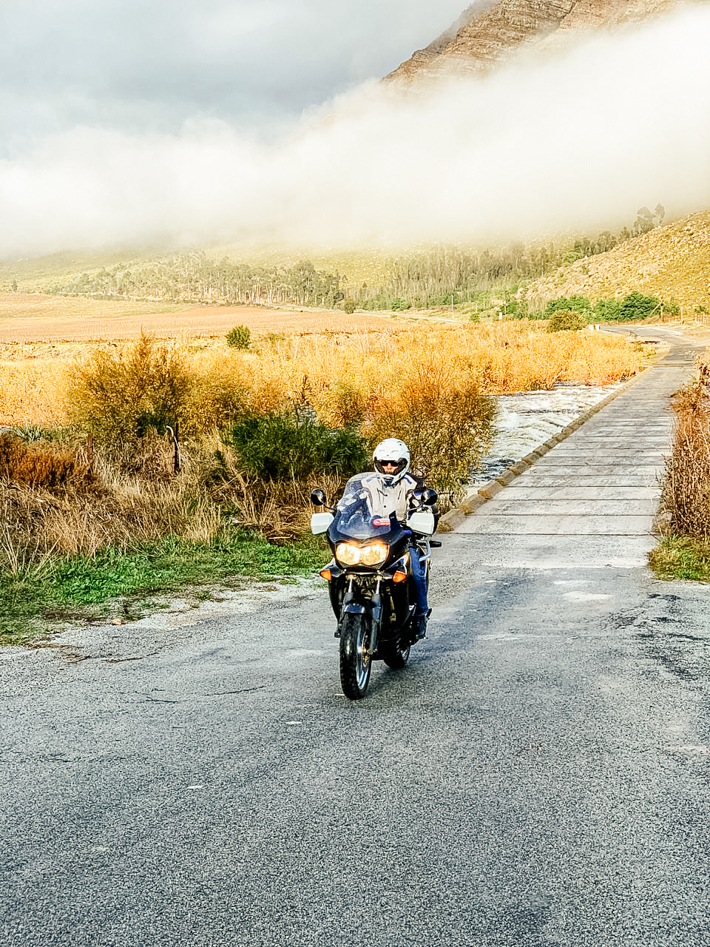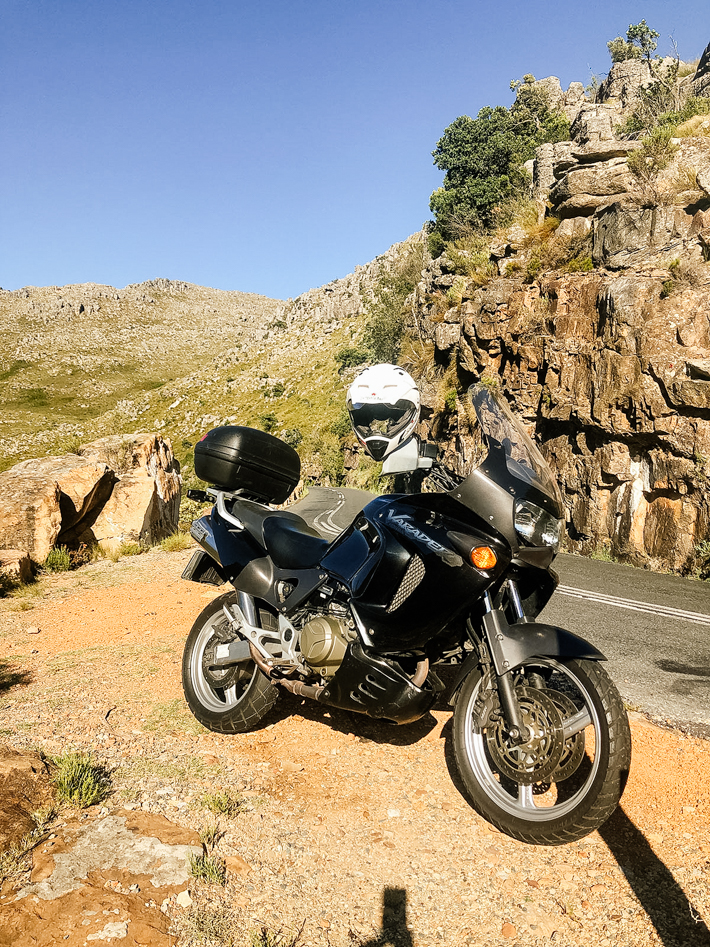
26 Jun On yer bike: Honda XL 1000 Varadero
This month, FMM Curator answers a question he gets asked a lot, namely ‘So what do you ride, Wayne?’
Since I started riding bikes back in the Dark Ages, apart from the odd BSA I’ve always had a Japanese motorcycle and over time have had examples from all the main Japanese brands – Honda, Suzuki, Yamaha and Kawasaki, 50cc up to 1100cc, two-stroke, four-stroke, single-cylinder, twin, V-twin and four-cylinder. None of them were ever new, being either second-hand or abandoned projects, but all gave me such pleasure. Sadly, I’ve never been in the situation that I could keep them, always having to let something go to try something new.
As is the case with my current bike. I sold my much loved Yamaha XT 600 Tenere as I was looking for something bigger that could do longer distances, but a bike not requiring too much work and with parts that were readily available. And so the hunt for a bike began – months became a year and I was just about to give up hope and settle on a rebuild project when my eye caught an advert on the Internet. To be honest, at this point in my life I had always been dead set against riding a dual-sport bike. Mainly because I had never really ridden one before (!) and, secondly, they just looked awkward and restrained.
The advert was for the Honda XL 1000 Varadero but it was the condition of the bike that caught my attention, being a 1999 model it was already 15 years old at the time but in a stunning condition. I started reading up on the model, which was rather disappointing as many writers and riders had found it to be not all that good. And the name Varadero in Spanish means ‘dry dock’. “Oh please, this can’t be a good machine!” I thought, so I decided to move on and keep searching. However, the following week the bike was still available, and so I changed my mind and made the effort to go and take a first-hand look as nothing else as neat was coming up on the radar.
I had only read about the Honda XL 1000 and had never seen one up close. WOW, when I first saw the bike I knew immediately why they named it the Varadero. It’s the size of a battleship and must have been built in a dry dock, and I was getting ready to apologise for wasting the owner’s and my time, but the condition of this bike was really good and when the owner started her up, that big 1000cc V-twin sounded so sweet I decided to take a second look, top to tailpipe. I asked if I could take it out for a ride, and was so surprised after all the reports of the bike feeling big and heavy and down on power, I found it was not bad at all. Actually, with its smooth predictable power you could wring its neck and push hard, the faster I went the lighter the bike felt and its handling was good. Agreed, it’s not a sports bike but the Varadero is safe, sure-footed and predictable.
So I decided to buy this battleship and use it for a short time while I looked for something more suited to me. Well, that was five years ago and I’m still enjoying this old machine. I’ve since test-ridden a few newer dual-purpose sport motorcycles in the hope of trading up, yet find this 20-year-old machine still to be just as comfortable and still very capable. Yes, maybe it’s not as dynamic or technically up to date as the newer bikes, has less power and is not as fast, but when it comes to Rands-per-smile, this Honda has been one of my best buys ever.
The Varadero was introduced in 1998 at the Munich Motor Show and formed part of the Honda line-up from 1999 to 2013, with the early models being rather basic and easy to work on. The first upgrade came in 2001 an updated electrical system was improved, and from 2003 fuel injection and a six-speed transmission helped increase the engine torque and improve the Varadero’s fuel consumption, which, however, remains the bike’s weak point with figures around 6,5 litres/100 km. With a 25-litre tank, a range of 320 km is cutting it a bit fine. From 2006, ABS was made a standard feature.
The 1999 model has 996cc liquid-cooled 90-deg V-twin four-stroke with d-o-h-c and four valves per cylinder producing 69 kW at 8 000 r/min and 99 N.m torque at 6 000, which is similar to that German yardstick bike of the same vintage… The suspension features 43 mm telescopic forks up front giving 155 mm of travel, with Honda’s proven Pro-link system giving 145 mm of travel at the rear. Drive to the rear wheel is still chain and sprockets with aluminium wheel sizes of 110/80 19-inch up front and 150/70 17-inch at the rear on aluminium wheels. Alloy wheels are not my favourite as I’ve always preferred spoke wheels particularly on dirt tracks, so I’ve been careful when doing any dirt riding and had no problems.
Other than its regular services and one breakdown because of an electrical fault, the Honda has never needed any other attention and still pulls like the Yamato (IJN). I never thought I would connect with a dual-sport bike, but I must admit that my next machine will again be a dual sport.




